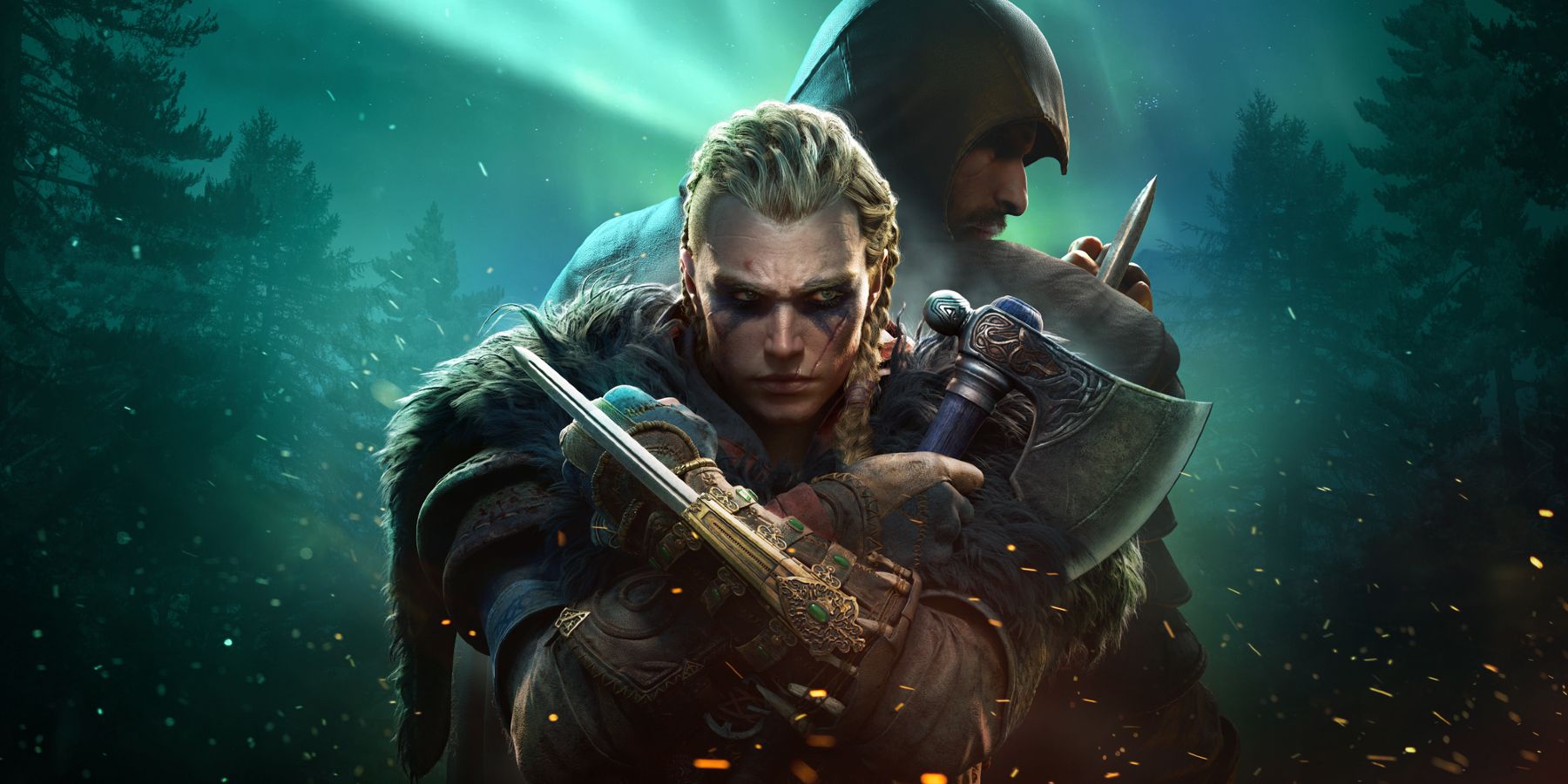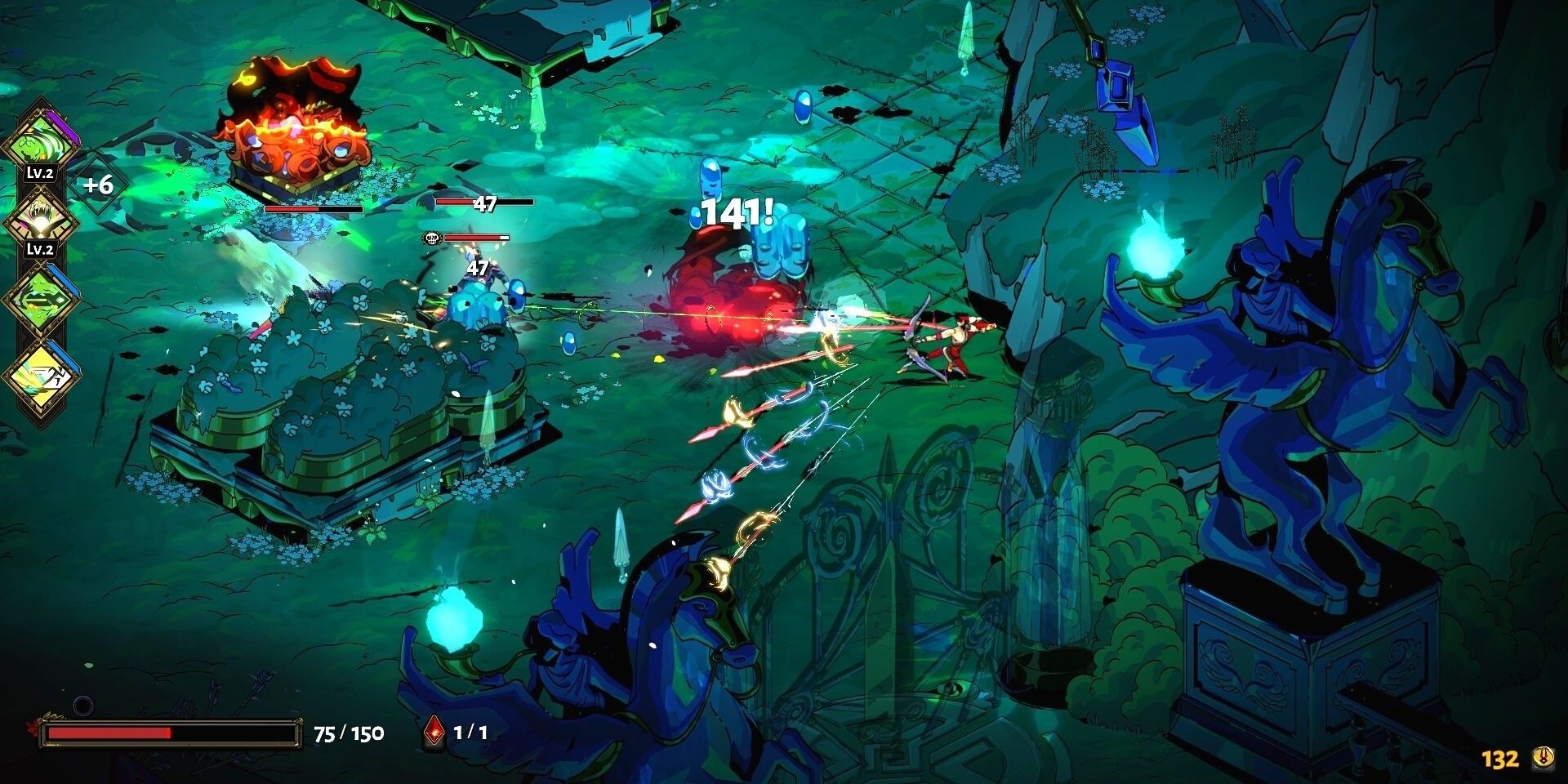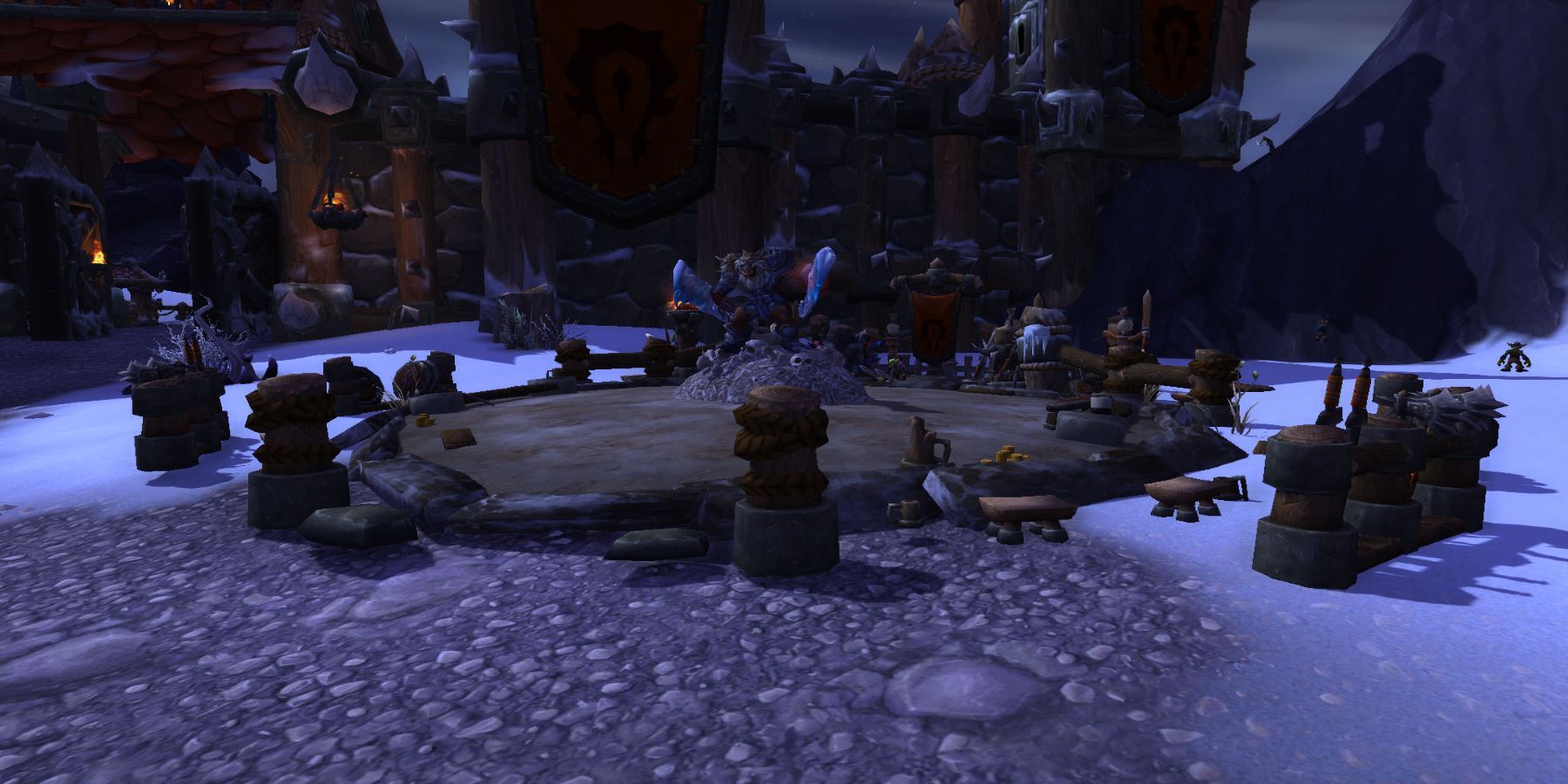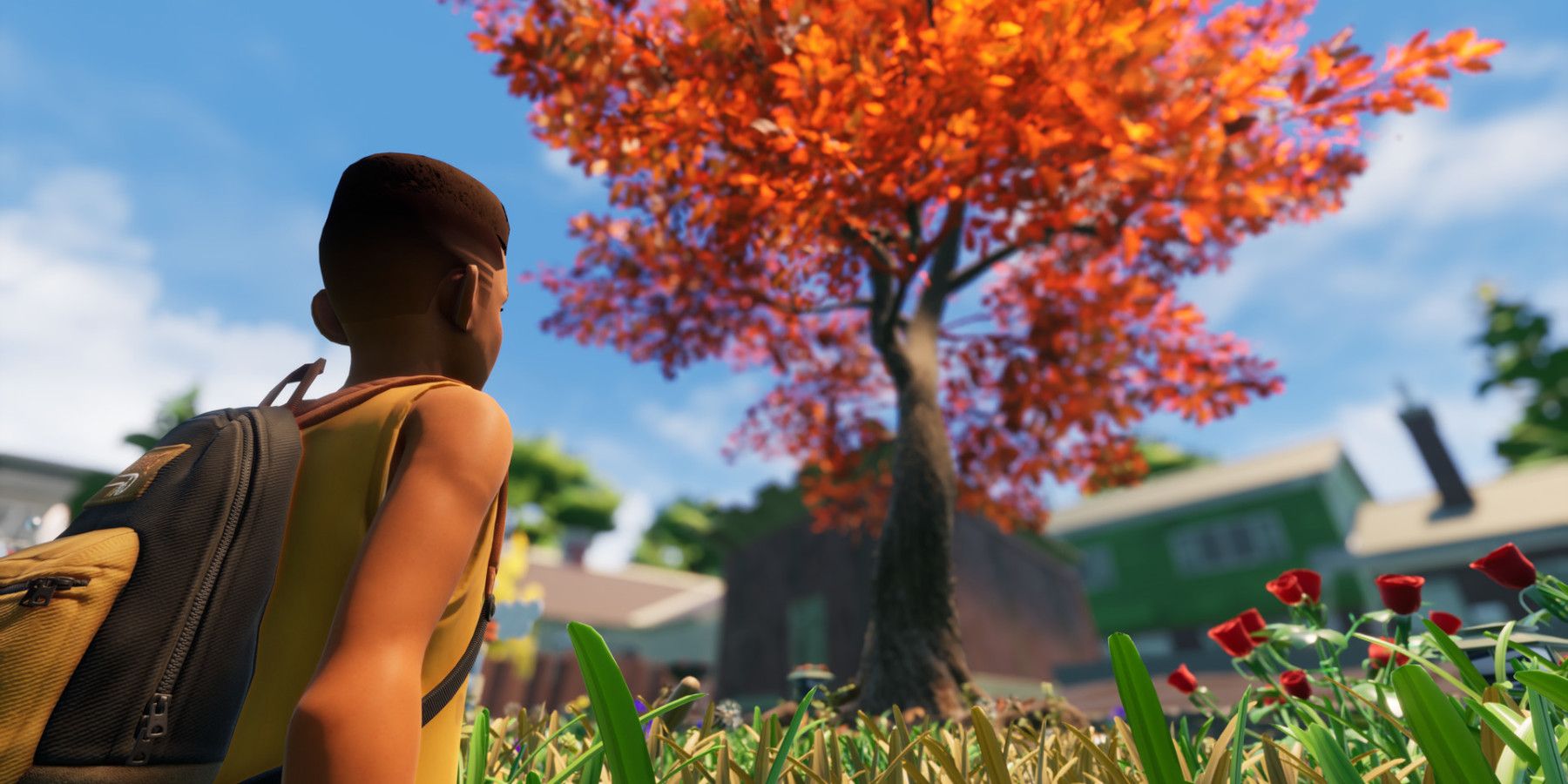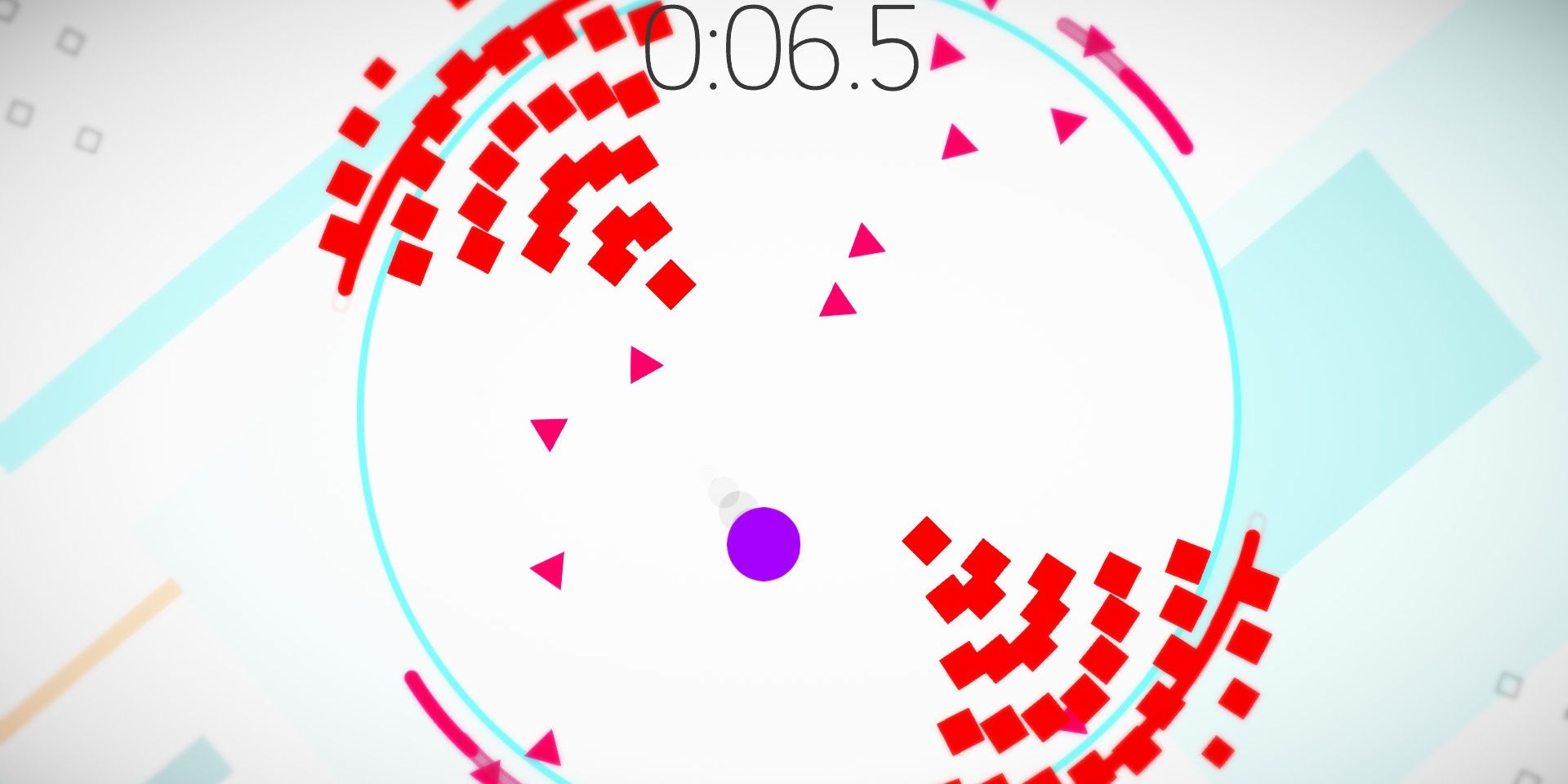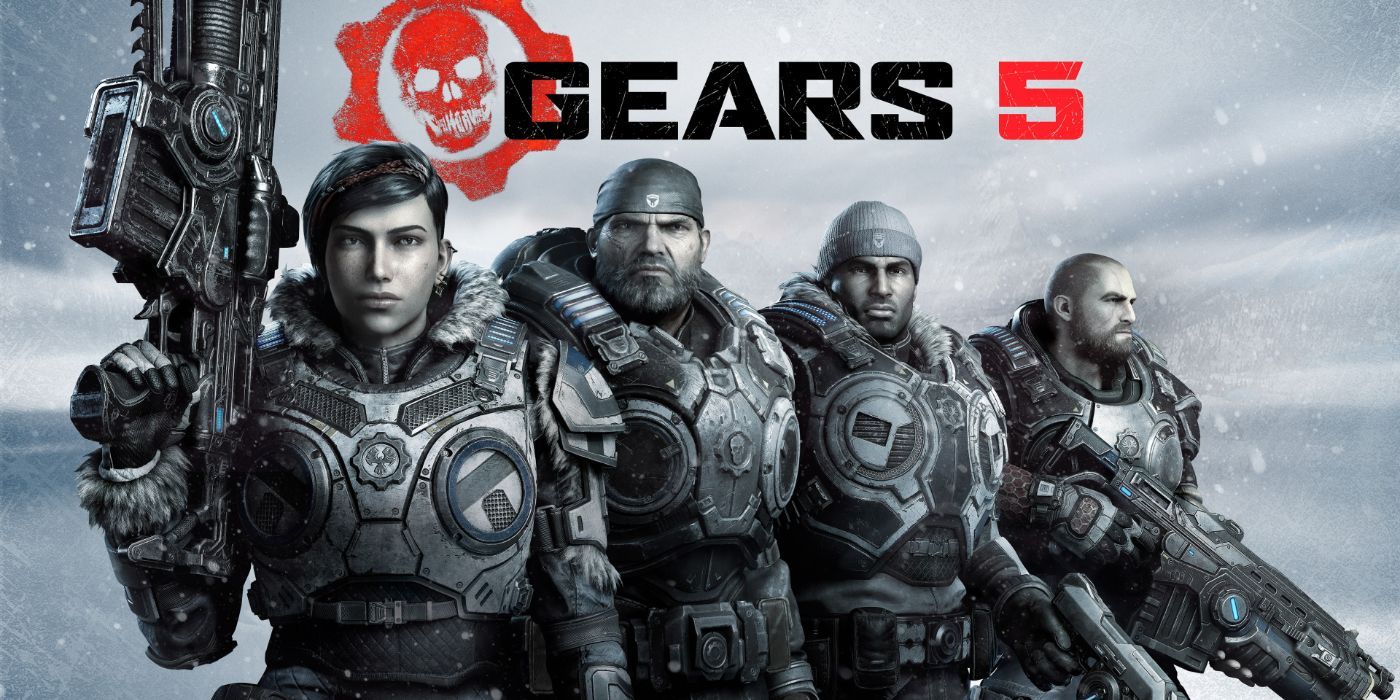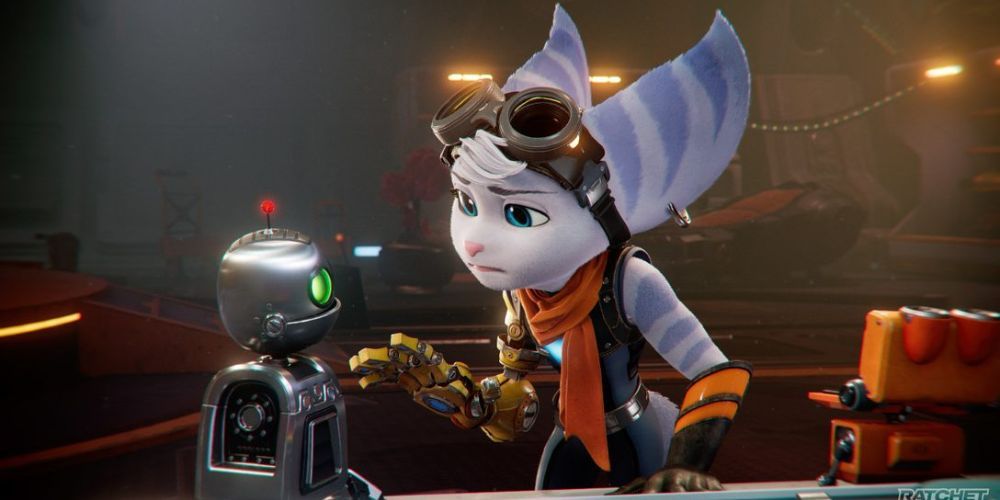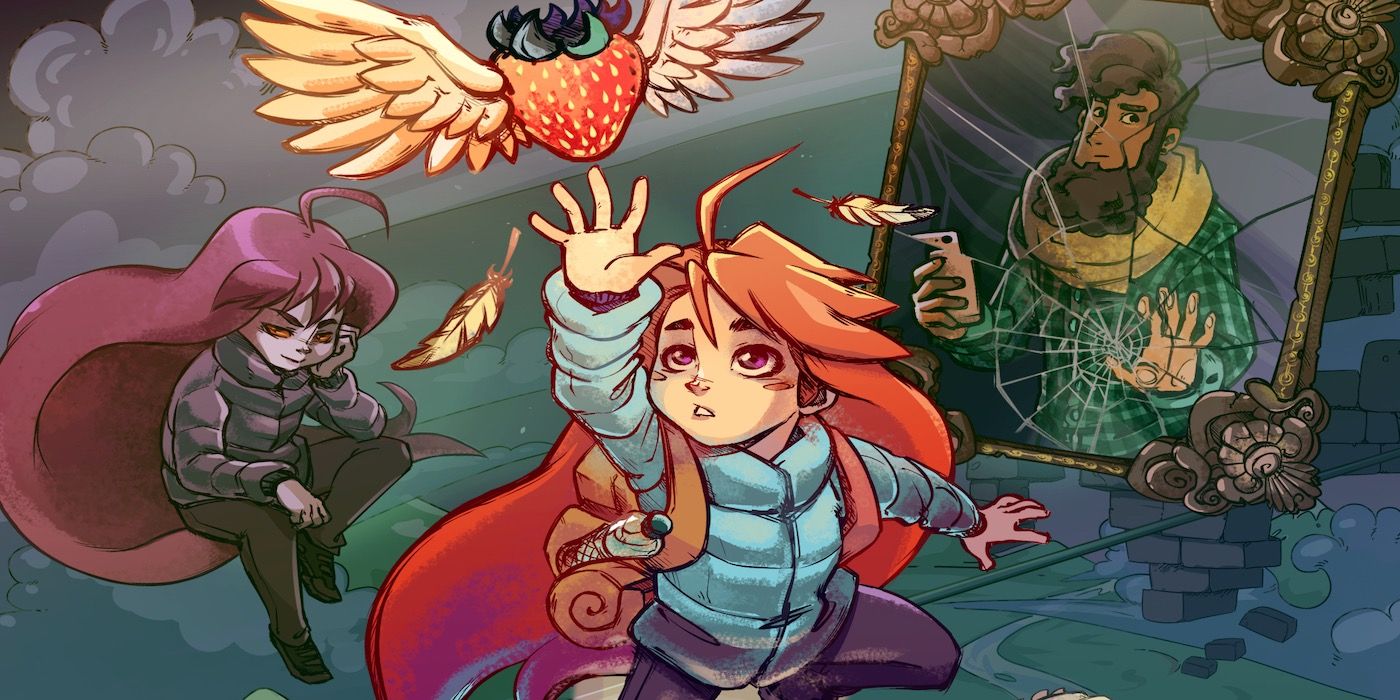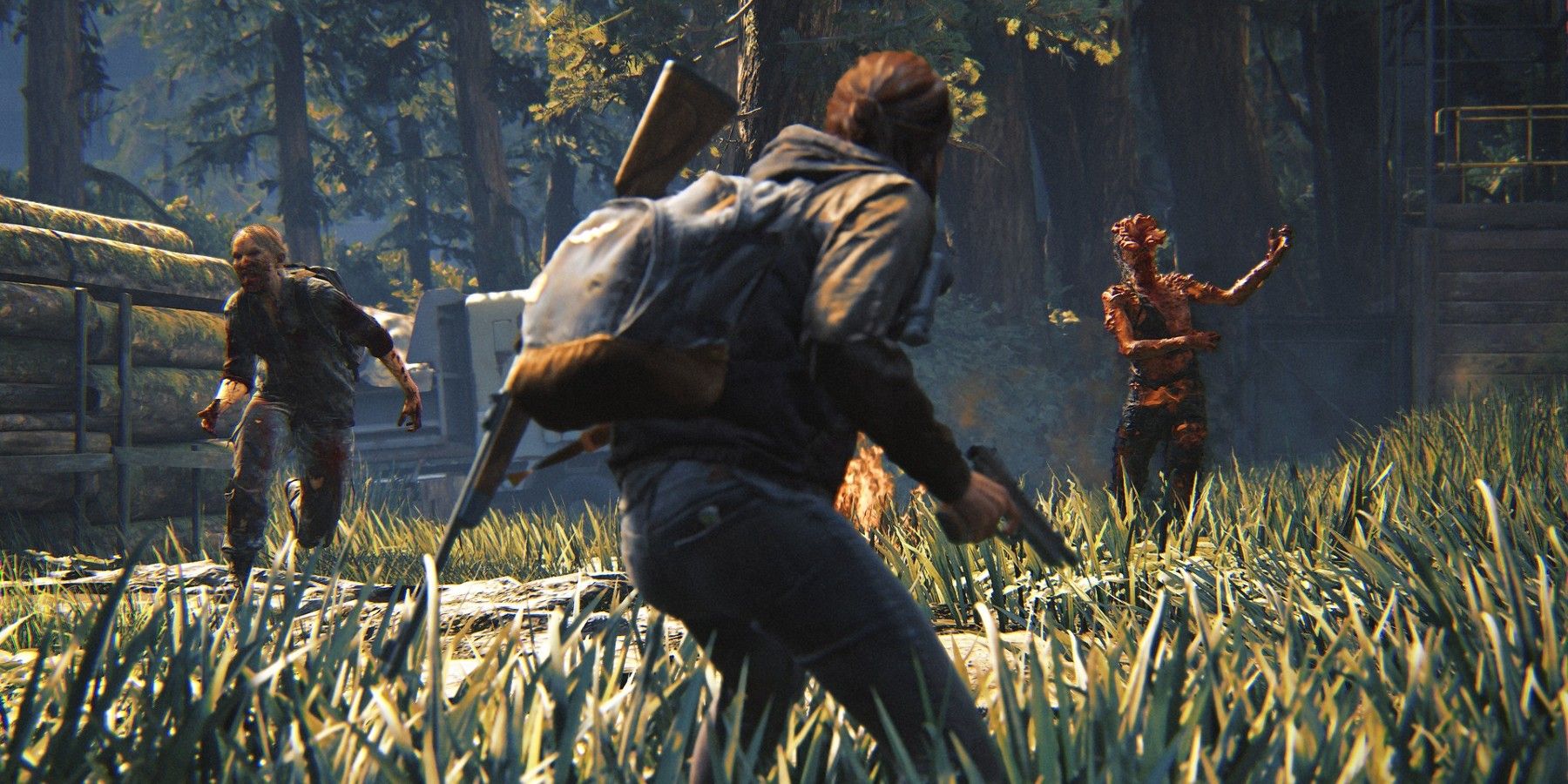Video games are for everyone, which means that everyone needs to be physically able to play them. There are many ways in which disabilities could affect someone's ability to enjoy a game. Motor disabilities mean they can't use traditional controls/controllers. Visual or auditory disabilities mean they may not be able to properly experience a game's story or respond to certain prompts during gameplay, and that's just scratching the surface.
Thankfully, major game developers are becoming wise to this after leaving it on the backburner for too long. While there is still some way to go in making games accessible en masse, there are a lot of games out there that do their best to make sure truly anyone can play and enjoy their game.
10 Assassin's Creed Valhalla
While other games will show how specific some accessibility features can get, Assassin's Creed Valhalla is a good example of a game that has a wider array of features coving many disabilities. What Valhalla has is roughly the minimum of what modern Triple-A games should be striving for as players explore England.
This means proper subtitling, with the ability to adjust the text size. Fully customizable difficulty, with clear explanations as to what each option means, not just a vague "easy to hard" scale. The ability to adjust or turn off QTEs. Fully customizable controls on keyboard and controller. Proper colorblind modes that either adjust colors or remove the need for them entirely. Menu narration for visually impaired players.
There is still plenty more to be done, but this is the bare minimum that a game needs to be accessible.
9 Hades
The beloved dungeon crawler from Supergiant is a great example of how straightforward design choices can make a massive difference to disabled players. In Hades' case, the games various weapons. They offer different play styles but crucially different input styles. It allows players with motor disabilities to chose a weapon that works for how they have to hold controllers or how limited they are in their inputs.
Additionally, the game has a unique way of customizing difficulty. There is an option called "God Mode", but unlike the common usage of the term in games, this doesn't make the player immortal. Instead, it gives them 20% damage resistance, which increases by 2% with every death. This means the game can still be a challenge, but with every death, the game gets just a little more manageable, and every player will eventually be able to overcome it.
8 World Of Warcraft
Being such a hugely popular game for such a long time, World of Warcraft has had all the time and resources it needs to become accessible to all. Its difficulty settings are decent but could be better. Competing with other players can't be adjusted, but the game does offer a low-pressure mode, where time-dependant quests have their time limits disabled.
A recent update added a whole host of new accessibility options, including text-to-speech, with the ability to fully customize which text it reads aloud. On the other side of the coin, it has been designed so that audio cues and such like aren't required to play the game well, meaning those with auditory disabilities aren't at a disadvantage.
7 Grounded
Grounded was a game that seemed off-putting to many at first glance. The overall concept was cool, but the idea of coming into contact with giant bugs of all shapes and sizes was enough to send arachnophobic gamers running for the hills.
Thankfully, this turned out to not be a problem when the game launched, as the arachnophobic mode was excellent. The customization slider slowly removed features and details from creatures until they were featureless spheres. This, along with an extensive array of other options, opened up the player base and let people give it a chance, who otherwise may not have.
6 Moss
Virtual Reality is an area where some developers are happy to leave accessibility behind entirely. While some VR games wouldn't be what they are if players could play them without moving, it is disappointing to see so many left out from a truly unique gaming experience.
Moss is the closest a major VR game has come to being accessible to all. It can be played whilst stationary, although it does still require some head and neck movements. Most notably, however, is the fact that the game's cute mouse protagonist can communicate with American Sign Language, which goes above and beyond to give a certain type of disabled player a complete experience.
5 Hyperdot
Hyperdot is a challenging game about dodging fast-moving obstacles. There are plenty of games like this out there, but they often come with big problems. Super Hexagon, for example, is virtually impossible for players with certain types of colorblindness.
Hyperdot has a mass of options to get around this. Well-researched and implemented colorblind modes mean the game's vivid colors will be clear to everyone. It is compatible with just about every type of controller, including eye-tracking, tilt, and touch, so those who can't react quickly with a controller can do so with other methods.
4 Gears 5
There are many popular shooter gaming franchises, and many of them have varying degrees of accessibility options. In a multiplayer environment, how clear things are and how quickly players can react can be the difference between victory and defeat. However, developers have to be careful when designing accessibility options in multiplayer, as an option that helps a disabled player play normally could be used to give an able-bodied player an unfair advantage.
That said, Gears 5's options are what shooters should be aiming for. Several colorblind modes make enemies and allies stand out from each other, there are options to give various visual aspects an audio ping, and there are both text-to-speech and speech-to-text options.
3 Ratchet & Clank: A Rift Apart
With a new generation of consoles here, developers are expected to step up their games in all aspects, and accessibility is no exception. Thankfully, Ratchet & Clank: A Rift Apart gives a lot of hope in that area. As developers push the boundaries of the new consoles, this game should be looked at as a standard-bearer.
Almost every movement action in the game can be adjusted or automated somehow, options that would normally require holding down a button can be changed to be a simple toggle. Additionally, things like firing can be done automatically to let the player focus on aiming or abilities. All screen effects can be turned off for visually impaired players, and high contrast modes can be applied to ensure important objects and characters stand out.
2 Celeste
Celeste is one of the best examples of how developers should let players customize their difficulty. While able-bodied gamers often think this is about some players not being up to a challenge, for many disabled gamers, it's simply a matter of being able to play the game at all.
Many maneuvers Celeste requires players to make several precise inputs in quick succession. The assist mode allows players to slow the game down, so they don't have to be so fast. Alternatively, there is an option that briefly pauses the game whenever a player hits the dash, allowing them to input the direction separately.
1 The Last Of Us 2
Hailed as the most accessible game of all time upon its release, The Last of Us 2 has some genuinely incredible options to ensure everyone gets to experience it. Naughty Dog consulted disabled gamers while developing the game, and the result is an array of options that allow blind players to sit on the couch and play like normal.
To name just a small handful: High-contrast modes, angling the player towards the goal, aim assists, audio cues while traversing for when items and cover are nearby. For audio impairment, there are on-screen prompts for things like dodging attacks and vibration cues. Overall there are 60 different options for accessibility, some of which have never been seen before in a game. The industry at large needs to learn from The Last of Us 2's example to make sure that their games truly are enjoyable for everyone.

-1.jpg)
